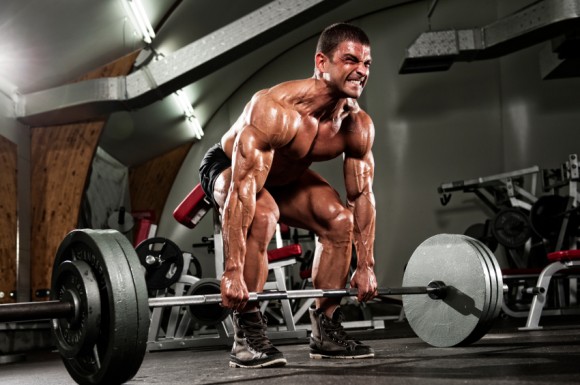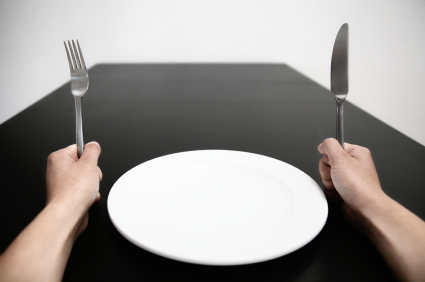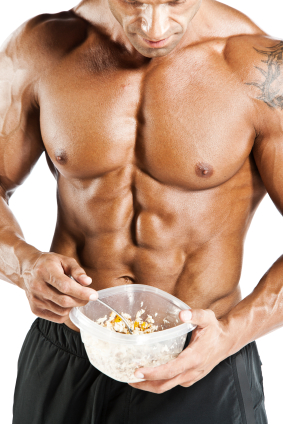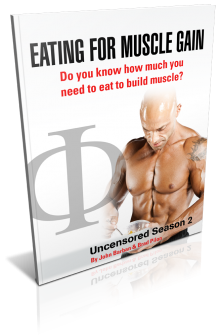Today we bring you another podcast from our phi-life series.
Today’s topic: Should You Train Like a Powerlifter?

Is it beneficial to train like a powerlifter? Listen to the podcast below the article to find out.
If you have been listening to our uncensored podcasts you understand that the pictures of bodybuilders and fitness competitors in magazines are taken at the day of a competition and still require some post-production work after the shoot. Nevertheless, the look and conditioning they have for a show is an extreme look that may not resemble what they look like on a daily basis.
But have you ever given the same thought toward powerlifters? Do you find yourself comparing your bench numbers to their’s? Do you sometimes wonder if you should train like them; pausing during the bench press, performing deep squats and other powerlifting feats?
The reported weights a powerlifter handles at a competition are also different compared to what they use during their regular workout.
This is something you may not have considered if you have never attended or competed in a powerlifting competition.
This is exactly why Brad Pilon has decided to give it a try. To turn things up a notch, he even fasted prior to the competition to prove his point that fasting won’t decrease your strength.
There is a difference between the conditioning and look you can regularly maintain as opposed to preparing to step on a bodybuilding stage for competition. Likewise, it is apparent that there is also a difference between a regular workout and a competition-style lift.
In today’s podcast your hosts Brad Pilon and John Barban will discuss the difference between the lifts performed during a powerlifting competition and daily training for strength and conditioning.
You will also learn and discover:
- A story of a powerlifter who had to have a different gym membership for days he wanted to do direct arm training, because he would be laughed at by the “powerlifting community”
- Whether you should you be training like a powerlifter
- Is it worth it to enter a powerlifting contest
- If there are dangers associated with the powerlifting culture
- How will your strength be affected by your fasts
- Is powerlifting simply about working out, then showing up and lifting as much as you can, or is there is more to it
- What is gym strength and how it is different from competition strength
- If there is a difference between a powerlifter’s and a bodybuilder’s muscle tissue’s
- If training for aesthetics is something you should hide from others and be ashamed of
- Brad Pilon‘s competition weight (the answer may surprise you) and his stats for the bench press and deadlift
- Whether or not powerlifters are a bunch of angry dudes or really nice and friendly guys
Listen to the podcast here:
Podcast: Play in new window | Download










